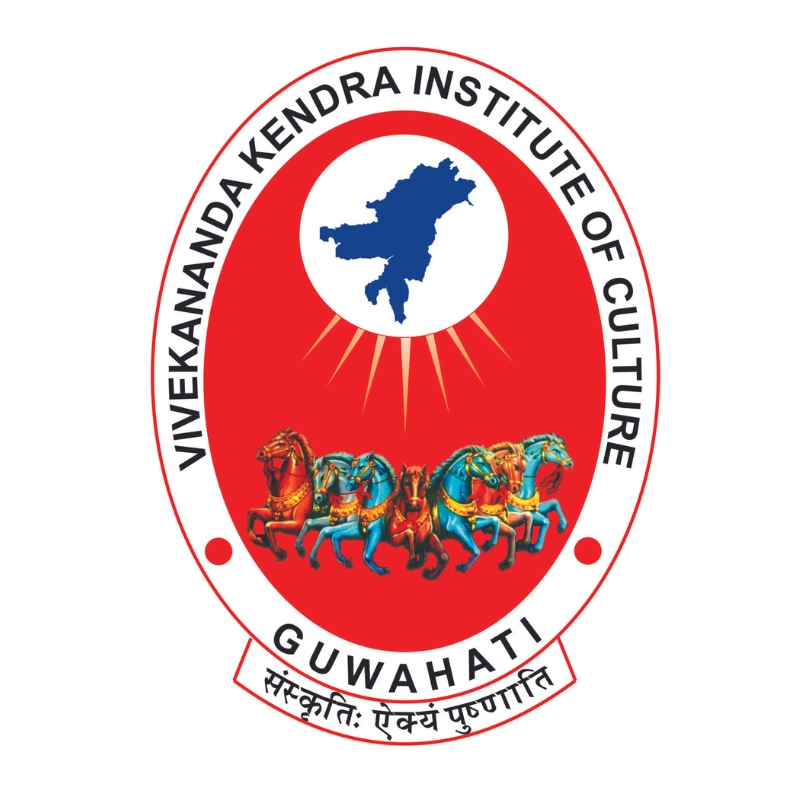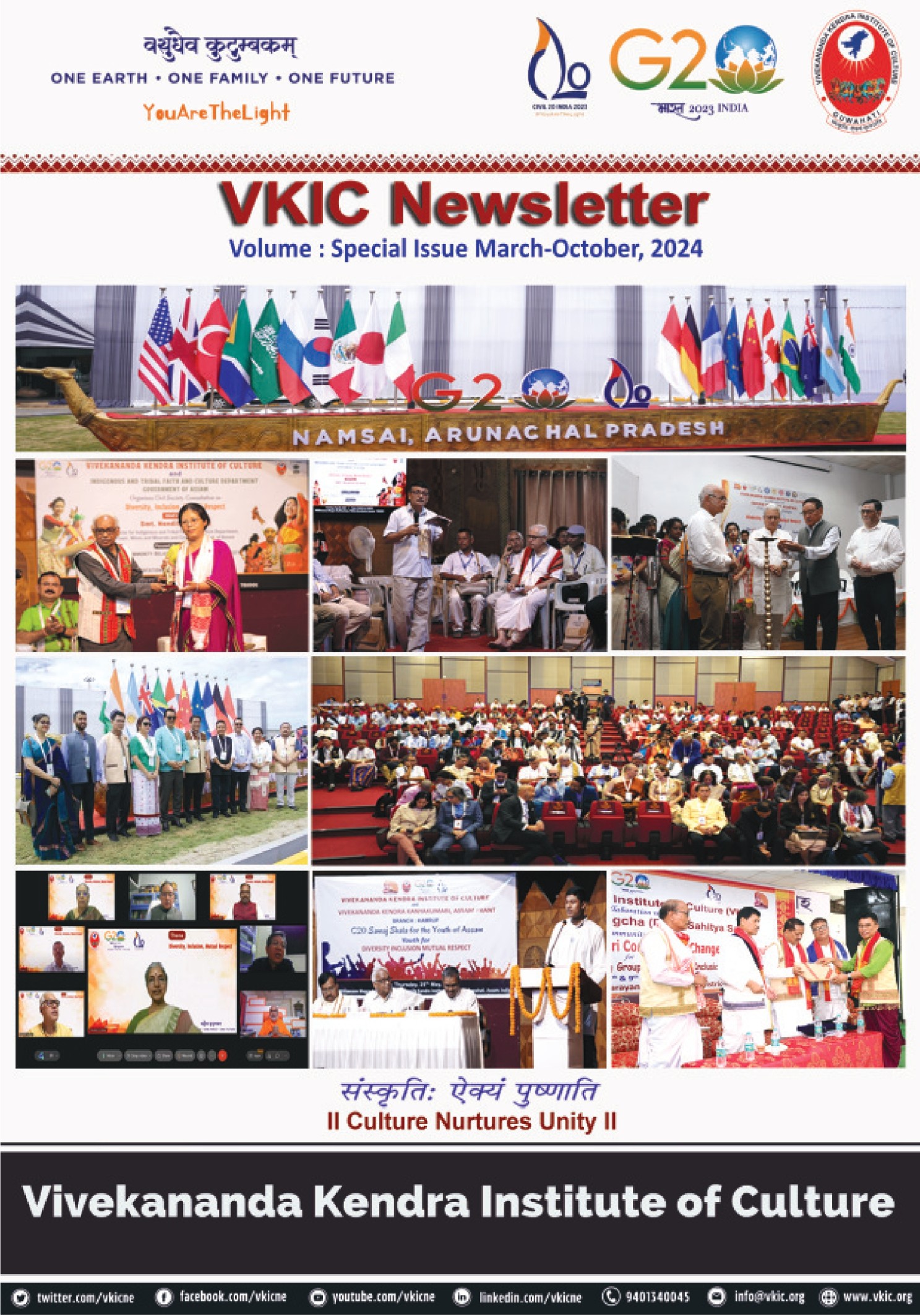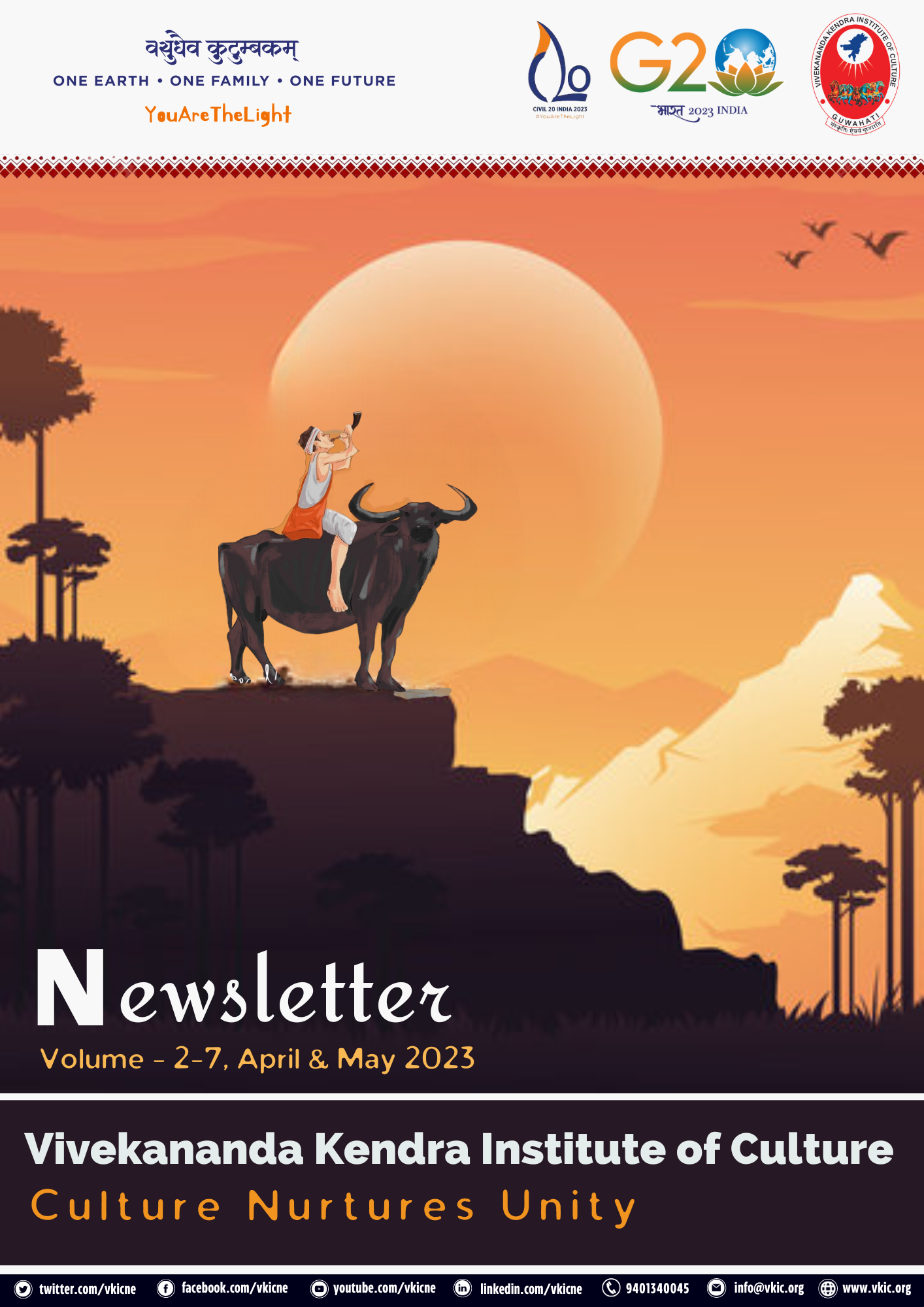'Manyiang' or 'Menyi' is a term used for the inter community friendly relationship between the Apatani and the Nyishis of Arunachal Pradesh. A Nyishi used to address a friend from the plains of Asom as Mitur and the Aka or the Miji friend as Lekwng. Likewise, an Apatani friend was addressed as Manyiang. An Apatani also used the same term for addressing a Nyishi friend.
Making family friends between the Apatanis and the Nyishis was very common especially in the neighboring villages of the Nyishi and the Apatani. The Manyiang was even handed down from parents and grandparents to children and grandchildren. This is because of the fact that the economic inter-dependence between the two communities was so much, that the friendly relations between them was inevitable. Perhaps, there was hardly any Apatani left out without at least one Nyishi Manyiang.
There is a misconception by some of the early writers on these communities that the 'Nyishis are economically dependent on the Apatanis'. This is not true. In fact both were equally inter-dependent. To justify this, it is important to know first the two communities in respect of their socio-economic position and relation between the two communities.
Christoph Von Furer Heimandorf, an eminent anthropologist, who explored for the first time the Subansiri region during 1944-45, recorded in his book, 'Highlanders of Arunachal Pradesh' the Apatani population as 15000 souls and that of Nyishis as 51000. Whatever may be the exact figure, the Nyishis inhabited present five districts of Arunachal Pradesh namely, East Kameng, Papum Pare, Kurung Kumey, Lower Subansiri and Upper Subansiri. Besides, they also inhabit in some pockets of Lakhimpur and Sonitpur districts of Assam. Whereas, the Apatanis are concentrated in a valley, measuring about 20 Sq. k.m. called Ziro in Lower Subansiri district of Arunachal Pradesh.
Both the Apatanis and the Nyishis belong to the Abotani group of communities like the Adis, Galos and Tagins of Arunachal Pradesh and the Misings of Assam. As such, the indigenous faith and belief, of the two communities called 'Donyi-Poloism' are broadly similar. Both of them are nature worshippers. They believe in animal sacrifice as offerings to their deities. Domestic animals like Methun (Bos Frontalist), pig, goat, dog, cow and fowls are the items frequently required by both the communities for sacrifice. Even more so, the Apatanis need a large number of Mithuns and pigs in their Murung and Myoko festivals for sacrifice. As a matter of fact, pig is an essential domestic animal for the Apatani, as every house must have at least a pig, under it, at any point of time, for scavenger purpose. Moreover, pork (smoked) and pig fats are extensively used by them but the breeding of pig is never possible in Apatani land. Socially however, the Apatani is a distinct community. They have distinct traditions and customs. Their pile houses are constructed extremely close to each other leaving hardly any space in between one another. This not only causes fire hazards, but also leaves no space for domestic animals, except keeping a few fowls and pigs under their houses. Their land is extensively cultivated, mostly with paddy. Their field is hardly fenced. As such,no domestic animals like Mithun, pig, goat, etc. can be let loose to graze in the Apatani area.
Although they consume a significant amount of maize, millet, chilly, bamboo shoot, etc they do not produce these items to meet all their domestic demands due to shortage of land. Because of the severe cold climate of their land, warm cloth is essential for them. They are very good weavers too. So the demand for cotton and yarn was very high but cotton was never grown on the Apatani land.
On the other hand, the Nyishis have plenty of land. Their houses are constructed sparsely, generally on hill slopes. This house pattern not only provides better hygienic conditions but also has a natural safety measure from the epidemic of pet animals. The climatic condition, ranging from cold mountain ranges to moderate river valleys, is suitable for animal husbandry. An ideal place for grazing ground and breeding place for Mithun, cow, pigs and goats. Hence, the breeding of these animals are done only in the Nyishi areas. The Apatanis entirely depended on the Nyishis for supply of these domestic animals for their various usage.
Traditionally, the Nyishis practiced Jhum or shifting cultivation. The advantages of the Jhum cultivation was besides paddy, many other crops can be grown in the same field. As such, many crops like maize, millet, gourd, pumpkin, aram, potato, chilly, ginger etc. are produce in the Nyishi area. Jhum cultivation is very suitable for production of millet (Tami). The Nyishis produced huge quantity of millet and the community is well-known for millet beer (Tami-Opo). The Apatanis also do cultivate millet but in a very limited way. They plant millet even on the dykes of the paddy field due to lack of land in their territory. Hence they put their scarce land to maximum, productive use. But this too was insufficient. Therefore, the balance of requirement was met by purchasing (barter) from the Nyishis. Cotton which was essential for the Apatanis for cloth making was produced only in the Nyishi belt.
Certain local spices known as Yorkhun in Apatani, Honam in Nyishi and Santu tero in Apatani, Sin Terr in Nyishi are found in the Nyishi area only. The Apatanis use these spices in their delicious dishes called Pikke-Pila. Bamboo shoot called Hikhu-Hib is also a favourite item for the Apatanis but produced extensively in the Nyishi region only. So they solely depended on the Nyishis for supply of these essential items.
Like the Nyishis, the Apatanis consider the Tibetan bells called Maji, brass plates called Talo and different types of beads called Tesii or Teshong as valuables. Infact, the social status of a person, for both communities, depended on how much one possesses these valuables and the number of Mithun he owns. Iron was required for making Dao, spade and other implements. Apart from this, salt was an essential item for everybody. All these items could be imported either from Tibet or from the plains of Assam. To both Tibet and Assam, Apatanis did not have a direct access but through the Nyishi territory. Moreover, all the Nyishison the route were not expected to be friendly with the Apatanis. Therefore, they could solely and safely depend on the Nyishis as intermediaries for supply of these essential items.
Likewise the Nyishis of neighbouring villages too sometimes depended on the Apatanis. The Apatanis due to Wet Rice Cultivation (WRC) in their area used to produce surplus rice. The neighboring Nyishis used to purchase rice from the Apatanis bartering it with Mithun and other animals. This was resorted to whenever jhum or Terrace Rice Cultivation (TRC) of the Nyishis fail due to failure of monsoon or food scarcity caused due to draught or rat menace (Buli) which takes place after bamboo flowering.
The Manyiang tradition, perhaps, started for bartering of these items. Of course, the most important and durable Manyiang was Gotu or Dul Manyiang. This was the friendship established by keeping Mithun or other domestic animals of an Apatani at the custody (tenancy) of a Nyishi or vice versa on shared basis. Gotu Manyiang was socially sanctioned by both the communities and the violator could be punished. Similarly, for supply of essential items like Cotton, they used to establish friendship called Emplya (Cotton) Manyiang. Manyiang was also established by bartering of valuables like Magi or Talo between an Apatani and a Nyishi.
The Manyiang for Nyishi area was mostly limited to the neighboring villages of the Apatani. There were seven original villages of the Apatani namely, Hong, Hari, Bula, Hija, Dutta, Mudang-Tage and Bamin-Michi. Apatanis of Hong village mostly used to establish Manyiang with Nyishi Villages of Mai, Lez, Pei and Dodo; Michi-Bamin and Mudang-Tage with Joram (Taram) and Talo; Hija and Dutta with Talo, Yoglu, Licha and Nelam; Hari village with the Nyishis of Rakhe, Pamar, Bini Boa, Chimir etc. (Boa Simla, Tamin and Raga area) and Bula village with Lido Linya, Tado Tap, Ai Boa, etc.
Acknowledging the economic prosperity of neighbouring Nyishi villages, an Apatani statesman of Hong village called Hibu Taya, said to have commented, "Sub Taram, Rik Talo, O Mai, Emplya Lazi, Piya Pai". This means that the Nyishi villages of Joram were famous for plenty of Mithuns, Talo for valuable metals (Maji); Mai for millets bear (Tami-Opo); Lez for cotton (Emplya) and Pei for fermented fish (Piya).
During the Myoko and Murung festivals of the Apatanis, the Nyishi Manyiangs are invited for feast and the presence especially in the form of meat (Yo) is given. Similarly on important occasion of the Nyishis like Nama (house warming), Yullo (Mithun sacri-fice ceremony) etc. The Apatani Manyings are also invited. However, during the period of taboo (restrictions), the visit of either side is prohibited.
Therefore the institution of Manyiang was sacred and socially binding. It was obligatory for a Nyishi Manyiang to protect his Apatani Manyiang in a Nyishi village and vice versa. The relationship of Manyiang was severed only in the case of non-fulfilment of this obligation. It was due to this inter-dependent relationship that the two communities could co-exist for centuries without any serious communal tension between them.
Of late due to modernisation and vested interests of a few individuals, misunderstanding between the two communities are being created from time to time. However, those incidents have never been allowed to turn into an ugly communal problem. Perhaps, the secret of this relationship of peace and tranquillity between the two communities, is the Manyiang, a unique inter-community social institution.
This article is written by Dr Joram Begi is Director, Higher and Technical Education, Gout. of Arunachal Pradesh. He holds the responsibility of Prant Pramukh, Vivekananda Kendra, Arunachal Pradesh and is member of the Research Council, VKIC.


